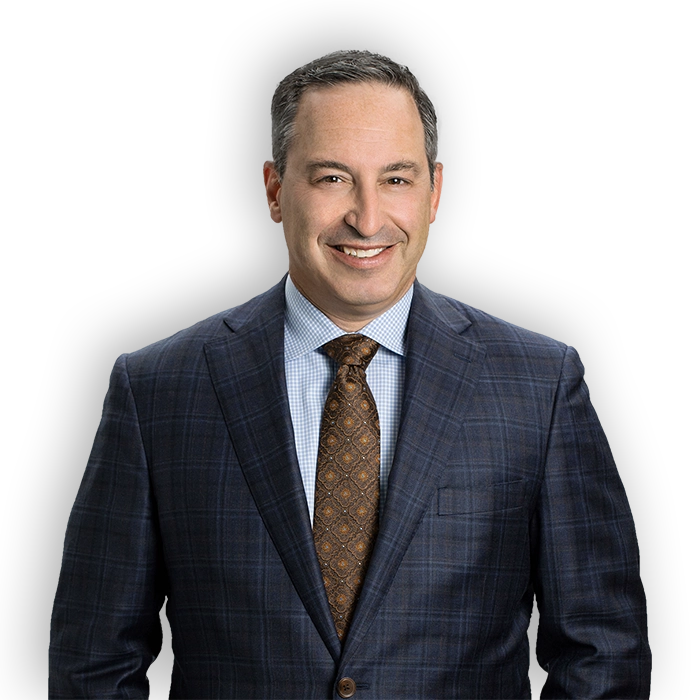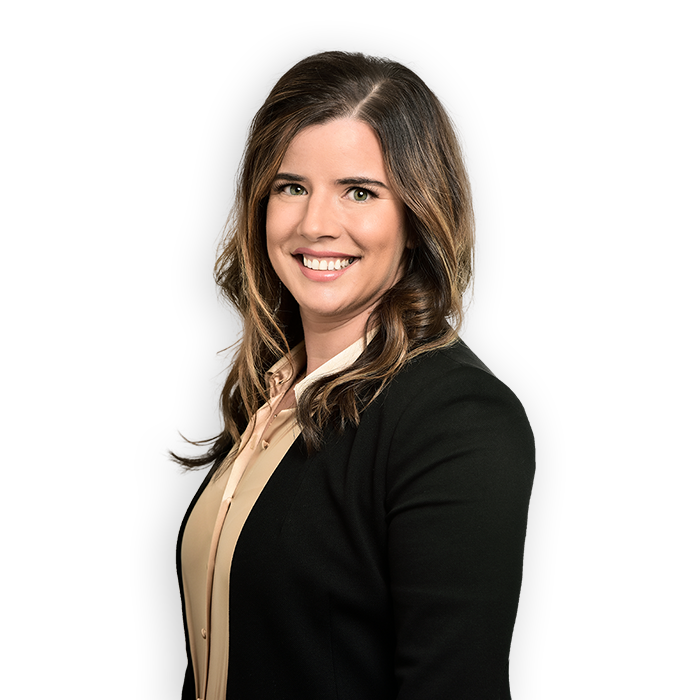COVID-19 Response: HLB Resource Page, California State of Emergency and Guidance, and CMS Survey Guidance

Today, Hooper, Lundy & Bookman, P.C. is launching a resource page with quick links to select federal and state resources on Coronavirus Disease 2019 (“COVID-19”). As of March 9, 2020, 34 states and Washington, D.C., have reported a total of 423 confirmed or presumptive cases of COVID-19 to the Centers for Disease Control and Prevention (“CDC”), excluding persons repatriated to the United States from China and Japan,[1] and the New York Times database includes 545 individuals that have been treated for COVID-19 and at least 22 deaths in the United States.[2] Impacted states include Washington (136 cases), California (90 cases, excluding 24 repatriated individuals), and New York (105 cases). On January 30, 2020, a committee of the World Health Organization declared the outbreak “a public health emergency of international concern,” and the following day, U.S. Health and Human Services Secretary Alex M. Azar II declared a public health emergency in the United States. Several states have declared states of emergency, including California, New York, Utah, Maryland, and Kentucky.
As the impact in the United States has grown, leaders and public health officials at both the state and federal levels have issued proclamations and guidance on COVID-19, including guidance specifically geared toward hospitals, skilled nursing facilities, and other health care providers that are on the front lines of COVID-19 response efforts. The following alert addresses three such resources: California’s Proclamation of a State of Emergency; California Department of Public Health’s all-facility letters 20-17 and 20-18; and Centers for Medicare & Medicaid Services (“CMS”) guidance to surveyors, hospitals, and nursing facilities. Additional resources can be found on our COVID-19 resource page.
California Declares a State of Emergency
On March 4, 2020, California Governor Gavin Newsom declared a state of emergency in California to address the novel coronavirus (“COVID-19”). First identified in Wuhan City, China, COVID-19 has now spread worldwide. As of March 4, there are 129 confirmed cases of COVID-19 in the United States, with 53 of them in California. Governor Newsom’s Proclamation of a State of Emergency set out 14 sections to address the COVID-19 crisis, that address, among other things, key issues relevant to staffing and licensing requirements at hospitals, skilled nursing facilities, and other health providers.
Staffing and Out-of-State Licensed Health Workers. Under Section 3 of the Proclamation, “any out-of-state personnel, including, but not limited to, medical personnel” who enter California to prepare and respond to COVID-19 can provide services “in the same manner as prescribed in Government Code section 179.5, with respect to licensing and certification.” Article 5 of Government Code section 179.5 permits a person holding a “license, certificate, or other permit issued by” another state to “be deemed licensed, certified, or permitted” by California to assist in “a declared emergency or disaster.” This applies to all states of the United States, the Commonwealth of Puerto Rico, the District of Columbia, and all U.S. territories. The Director of Emergency Medical Services Authority for medical personnel and the Director of the Office of Emergency Services for non-medical personnel must approve of an individual rendering such service. This section is especially important for hospitals and health facilities requiring extra staff. Professionals from other states could assist hospitals and health facilities without obtaining a California license.
The director of EMSA is Dr. Dave Duncan. His email is [email protected] and his phone number is (916) 322-4336.
The director of OES is Mark Ghilarducci. His phone number is (916) 845-8506.
Licensing Waivers. Section 10 of the Proclamation gives the director of the California Department of Public Health (“CDPH”) the power to waive any licensing requirements of Chapter 2 of Division 2 of the Health and Safety Code, along with any accompanying regulations. A waiver shall “include alternative circumstances, that, under the circumstances, will allow the facilities to treat legally isolated patients while protecting public health and safety.” Facilities granted waivers must operate in accordance with the required disaster and mass casualty plans. CDPH will post any waivers on its website. Similarly, with respect to community care facilities, day care facilities, and residential care facilities, section 14 allows the Department of Social Services (“DSS”) to waive any provision “of the Health and Safety Code or Welfare and Institutions Code, and accompanying regulations, interim licensing standards, or other written policies or procedures with respect to the use, licensing, or approval of facilities or homes within the Department’s jurisdiction set forth in” the California Community Care Facilities Act, the California Child Day Care Facilities Act, and the California Residential Care Facilities for the Elderly Act. DSS will post any granted waivers on its website.
Of particular importance to hospitals and health facilities governed under the above statutes and regulations in Sections 10 and 14 are: 1) potential waivers of staffing requirements; 2) visitation; and 3) admissions and readmissions.
- Staffing. As COVID-19 spreads, health care worker shortages may result if a growing number of health care workers require quarantining and/or if school closures leave health care workers without child care. Both circumstances could lead to understaffing at hospitals, skilled nursing facilities, and other health facilities, potentially necessitating waiver requests staffing-related licensure requirements.
- Visitation. Second, hospitals and facilities may want to seek waivers on visitation requirements to prevent potential transmission of COVID-19 between patients and visitors. Hospitals and health facilities may want to limit visitors, including resident family members, and “under arrangement” ancillary providers and caregivers.
- Admissions and Readmissions. Third, skilled nursing facilities and other facilities may want to seek a waiver on complying with statutes and regulations related to admitting and readmitting residents that may have been exposed to or contracted COVID-19. For example, if a resident is transferred to a hospital emergency department and is diagnosed with or displays symptoms of COVID-19 or is exposed to other patients or health care workers with COVID-19, readmission of that resident could risk transmission of COVID-19 to other residents and health care workers.
California All Facilities Letter 20-17 (Preparing for Community Transmission)
Additionally, the California Department of Public Health (“CDPH”) has released All Facilities Letter (“AFL”) 20-17, which provides guidance to healthcare facilities on preparing for community transition of COVID-19, strategies to prevent spread in long-term care facilities, and the use of N95 filtering facepiece respirators that have expired. CDPH recommends facilities follow the Centers for Disease Control and Prevention’s (“CDC”) interim guidance on preparing for COVID-19. Steps include exploring alternatives to face-to-face triage and visits. CDPH also recommends following CDC’s strategies on preventing the spread of COVID-19 in long-term care facilities. The CDC strategies include posting signs telling visitors not to enter if they have symptoms of respiratory infection and assessing each resident’s symptoms of respiratory infection upon admission. If a hospital receives a long-term care resident transfer who is under investigation for or confirmed to have COVID-19, it should first contact the local public health department. Furthermore, CDPH encourages facilities to submit program flexibility requests to create alternative spaces for screening patients. Hospitals can refer to AFL 18-09 for guidance while other health facilities should refer to AFL 20-17.
California All Facilities Letter 20-18 (Hospital Surge Capacity)
On March 8, CDPH released AFL 20-18. In AFL 20-18, CDPH requests all hospitals complete a survey on surge capacity as quickly as possible. Additionally, “this survey will assist CDPH in understanding hospitals current space, supply, and staffing situations, as well as future needs.” The AFL also reminds hospitals to contact with the local Medical Health Operational Area Coordination Office on questions and resource requests related to COVID-19. An MHOAC office manages disaster medical resources such as personnel, equipment, and supplies. Further, the office assesses disaster medical response needs, tracks available resources, and requests or provides mutual aid.
For increased flexibility on increased patient accommodations, hospitals can complete a Form-5000-A and email the form directly to [email protected]. CDPH’s Center for Health Care Quality Program Flex Team is currently reviewing and responding to these submissions within 24 hours and is also available to providers by phone to provide consultations regarding these requests.
CMS Guidance to Surveyors, Hospitals, and Nursing Facilities
On March 4, 2020, CMS released three new guidance documents for State Survey Agency Directors, hospitals, and nursing homes.
State Surveys. QSO-20-12 advises State Survey Agency Directors on the suspension of non-emergency inspections to allow inspectors to focus on the most serious health and safety threats and the spread of COVID-19 and sets forth guidelines for planning surveys involving active or suspected COVID-19 cases. Most importantly, CMS provided a hierarchy of the most important survey activities, which are set forth below in priority order.
- All immediate jeopardy complaints and allegations of abuse and neglect;
- Complaints alleging infection control concerns (including potential COVID-19 or other respiratory illnesses);
- Statutorily required recertification surveys for Nursing Homes, Home Health, Hospices, and Intermediate Care Facilities for Individuals with Intellectual Disabilities (ICF/IID facilities);
- Re-visits necessary to resolve current enforcement actions;
- Initial certifications;
- Surveys of facilities/hospitals that have a history of infection control deficiencies at the immediate jeopardy level in the last three years;
- Surveys of facilities/hospitals/dialysis centers that have a history of infection control deficiencies at lower levels than immediate jeopardy.
Hospitals. In QSO-20-13, CMS provides guidance on infection control and prevention around COVID-19 in hospitals. In particular, CMS advises that hospitals should screen visitors and patients by asking 1) whether they have a fever or symptoms of a respiratory infection, 2) if they have visited a restricted country in the past 14 days, and 3) if they have been in contact with someone who has or may have COVID-19. Further, CMS noted that infection control concerns can justify restricting visitation of patients. Hospitals should implement hygiene and cough etiquette such as a facemask for isolating a patient in a closed-door examination room. To monitor health care staff, hospitals should implement the same screenings for visitors. Health care providers that display symptoms of a respiratory infection should not report to work. If they experience symptoms during work, they should: (1) immediately stop work, put on a facemask, and self-isolate at home; (2) inform the hospital’s infection preventionist of the symptoms as well as information on individuals, equipment, and locations the person came in contact with; and (3) contact and follow local health department recommendations for next steps such as testing and locations for treatment.
Hospitals should discharge patients based on their clinical condition. However, the decision to discharge a patient displaying COVID-19 symptoms to home should depend on the patient’s ability to adhere to isolation recommendations and the risk of secondary transfer to household members.
Nursing Homes. Lastly, in QSO-20-14, CMS provides guidance on COVID-19 for nursing homes. Like for hospitals, facilities should screen visitors for 1) whether they have a fever or symptoms of a respiratory infection, 2) if they have visited a restricted country in the past 14 days, and 3) if they have been in contact with someone who has or may have COVID-19. If visitors meet the criteria, facilities may restrict their entry. Moreover, the same screening process applies to staff as well. Health care providers who have symptoms of respiratory infection should not report to work. If staff experience symptoms during work, they should follow the same steps hospital staff should follow.
Of particular importance to nursing homes is what to do when transferring or admitting a resident with suspected or confirmed infection of COVID-19. Facilities should work with their local health department to address the issue. Patients with mild symptoms may not need transferring if the facility can follow CDC recommended infection prevention and control practices. Further, facilities without an airborne infection isolation room do not need to transfer the patient “assuming: 1) the patient does not require a higher level of care and 2) the facility can adhere to the rest of the infection prevention and control practices recommended for caring for a resident with COVID-19.” If a resident does develop severe symptoms, then a transfer may be necessary. Before transferring, nursing homes should notify the receiving facility and emergency medical services of the patient’s diagnosis. A patient who does not require hospitalization may be sent home with if medically and socially appropriate.
A nursing home can admit a patient diagnosed with COVID-19 as long as it follows CDC guidance on transmission-based precautions (CDC has released interim guidance). If a nursing home cannot follow the precautions, then it must wait until the precautions are discontinued.
COVID-19 brings significant challenges to hospitals and health facilities across California. Governor Newsom’s Proclamation of a State of Emergency will hopefully provide much needed flexibility in addressing COVID-19 and caring for patients. Moreover, CMS’s guidance and CDPH’s AFL 20-17 and AFL 20-18 can provide useful resources and guidelines for hospitals and health facilities.
For further information, please contact Mark Reagan, Katrina Pagonis, Scott Kiepen, or Jeffrey Lin in our San Francisco office; David Hatch, Alicia Macklin, Nina Adatia Marsden, or Charles Oppenheim in our Los Angeles office; David Schumacher or Jeremy Sherer in our Boston office; Martin Corry in our Washington, D..C office; Andrew Struve and Mark Johnson in our San Diego office; or your regular Hooper, Lundy & Bookman contact.
[1] CDC, Coronavirus Disease 2019 (COVID-19) in the U.S., at https://www.cdc.gov/coronavirus/2019-ncov/cases-in-us.html (numbers are updated at noon Mondays through Fridays).
[2] New York Times, Coronavirus Map: Tracking the Spread of the Outbreak, https://www.nytimes.com/interactive/2020/world/coronavirus-maps.html (last visited March 8, 2020).








